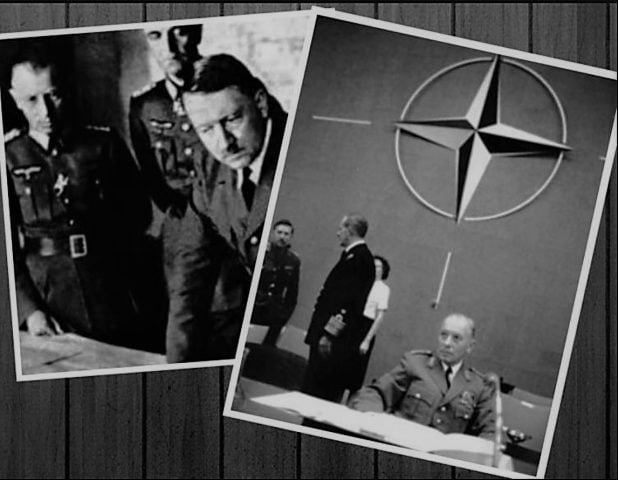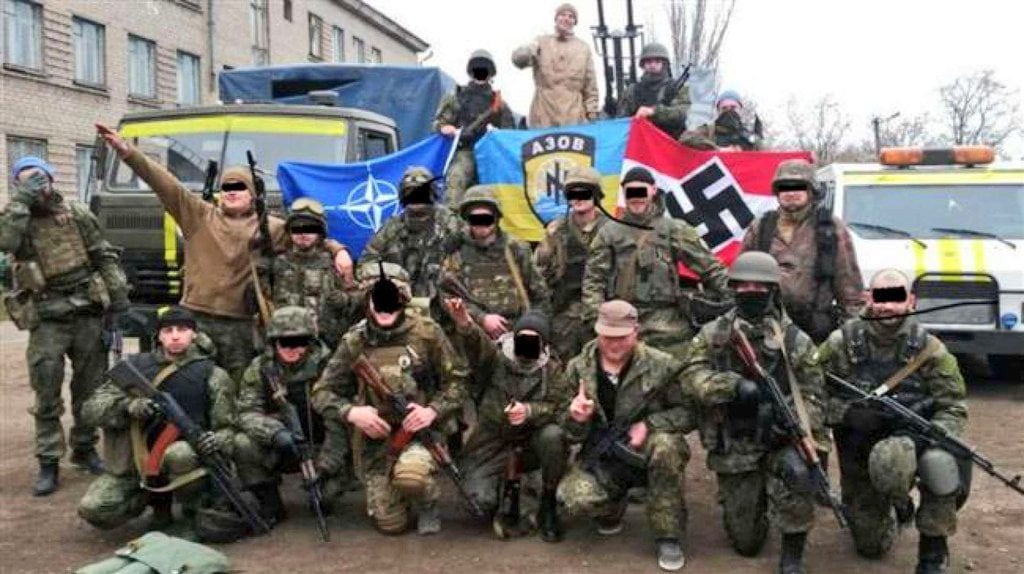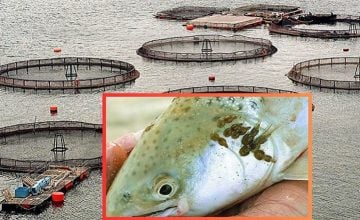In a period of maximum political and social upheaval, the worst enemies can become great allies overnight. Although there are thousands of examples of this, few biographies are as surprising as that of the German general Adolf Heusinger, whose resume is one of those that take your breath away: he was a veteran of World War I, a general and chief of operations of the Nazi German army, a secret agent of the CIA and chairman of the NATO military committee.
Heusinger, the man who became head of the North Atlantic Organization (NATO), was born on August 4, 1897 in Holzminden, a small town in central Germany that was then part of the Duchy of Brunswick and, in turn, of the German Empire. Although he came from a family of theologians and doctors, the young Heusinger decided to enlist in the army after the outbreak of World War I, before he was even 18 years old.
His career in the infantry regiment was meteoric, if eventful. In July 1917 he was promoted to second lieutenant (the equivalent, according to the Spanish hierarchy, to the post of alferez, the first rank in the scale of officers), but only a few weeks later, and after being wounded in combat on two occasions, he was arrested. by British forces.
Heusinger had a fundamental role in planning the occupation of Austria and, when World War II broke out, in the invasion of Poland, describes Miguel Ayuso in a report for El Confidencial.
After WWI, Heusinger was a decorated professional soldier (the prestigious Iron Cross hung on his uniform) in a country with an army of only 100,000 men, the Reichswehr, the only force Germany was allowed to have after the Treaty of Versailles.
In 1931, he was assigned to the operations division of the Truppemant, the covert General Staff of the German army during the Weimar Republic, since the Treaty of Versailles prohibited the existence of that institution. Although at the time of the Reichswher, given its limited size, promotions were scarce, Heusinger became captain in 1932 and commander in 1936, already in Nazi times.
Before being head of NATO he was at the order of the Führer
With the arrival of Adolf Hitler to power, the restrictions imposed by the Treaty of Versailles were ignored and the General Staff was re-established for all purposes. In August 1937, Hausinger was assigned to Operations Command. In 1939 he was promoted to lieutenant colonel and in 1940 he was appointed commander of this basic unit of the army, with the rank of colonel.
Heusinger played a key role in planning the occupation of Austria and, at the outbreak of World War II, in the invasion of Poland, Denmark, Norway, France, and the Netherlands. During the course of the war, Heusinger was appointed Brigadier General and later Major General.
In June 1944 General Zeitler, chief of the Army General Staff, fell ill and Heusinger temporarily assumed his role, with such bad luck that, due to his new position, he had to meet Hitler in the «wolf’s den», on July 20, 1944, the day on which the failed attempt to assassinate all the Nazi top brass was carried out.
The Führer was totally spared from the attack, but Heusinger, who was right next to him, was one of the generals who was injured. After passing through the hospital, he was arrested and interrogated by the Gestapo, to determine if he had played any role in the plot to kill Hitler. Although there was evidence that Heusinger had contacted many of the conspirators, the Gestapo found no direct link to them and in October 1944, he was released but placed in reserve. He did not hold any post in the army until March 25, 1945, when he was appointed head of the mapping division, only to be captured two months later by US forces.
CIA spy and Adenauer’s right-hand man
As a senior official in the Nazi army, Heusinger had to testify at the Nuremberg trials. A declassified CIA document about the general – which was made public in 2006 thanks to the Nazi War Crimes Disclosure Act – assures that he could have been involved in war crimes, since some of the orders he signed sealed the fate of several Russian political prisoners and allied commanders.
Despite this, he was acquitted of the charges against him. As most of the Nazi commanders declared and Heusinger assured, he had limited himself to initialing the orders that they transmitted to him. But something that might have had a role in his pardon, was pointed out in a declassified CIA document, that stated that «he had a collaborative attitude» and, even more so, that during the course of the macro-trial the general worked as an «investigative advisor» for the United States. A relationship that, since then, was very fluid.
In 1947, Heusinger became part of the intelligence office of General Reinhard Gehlen, another former Nazi officer – a general of the Whermacht – who, after losing the war, enlisted as an American spy. The Gehlen Organization was a network of spies organized by the American occupation forces in Germany on the basis of the intelligence networks created by the Nazis, which played a fundamental role in spying on the Soviet Union and its allies, above all, of course, the GDR.
The declassified CIA documents do not spare Heusinger praise, saying «he earned the respect of his American and German colleagues for his professional competence and personal integrity». The secret papers acknowledge that the CIA seriously considered having Heusinger replace Gehlen, but in the 1950s the general decided to resume his military career in the Federal Republic of Germany, and while he remained an «influential representative of American interests in German remilitarization and the Gehlen Organization”, little by little he left his work in the intelligence service. But he never stopped being a good CIA confidant.
Heusinger was chairman of the NATO Military Committee – the highest rank in the organization’s military branch – until the age of 67
In 1950, the general became Chancellor Konrad Adenauer’s top adviser on military affairs and worked at Amt Blank, the government «department» headed by Theodor Blank, which in 1955 became the West German Defense Ministry.
With the reestablishment of the German army in 1955, Heusinger rejoined it, being appointed lieutenant general and head of the Military Leadership Council. In 1957 he was promoted to army general and was the first inspector general of the new Bundeswehr, where he served until 1961. That year he was appointed chairman of the NATO Military Committee – the highest rank in the organization’s non-civilian branch – a position in which he served until 1964 when, at the age of 67, he finally retired from the barracks.
The general died in Cologne, in November 1982, at the age of 85. On his uniform hung decorations from the armies of the German Empire, the Third Reich and the German Federal Republic, but also the Legion of Merit awarded by the United States and other similar decorations from Italy, Hungary and Finland.












